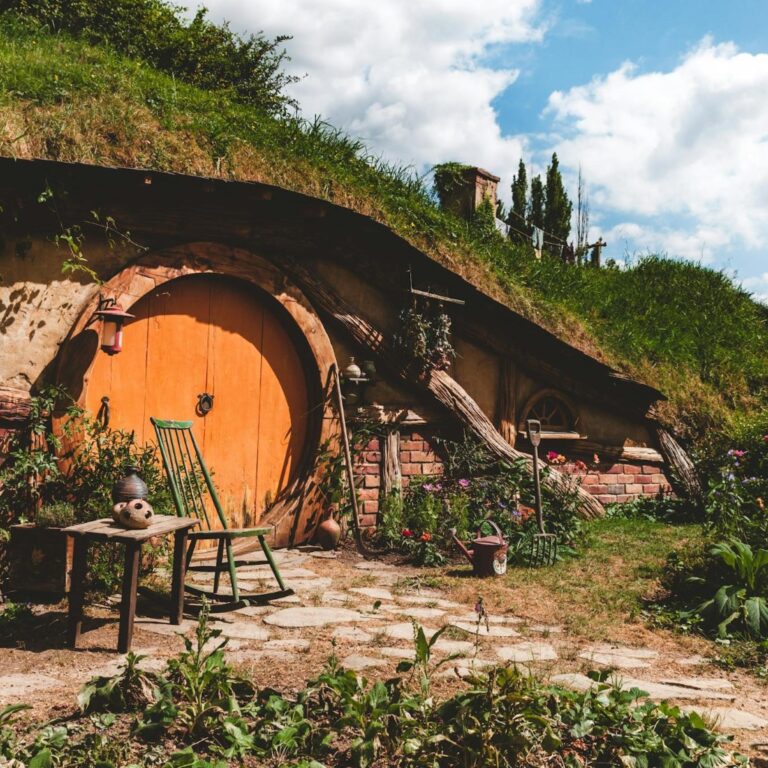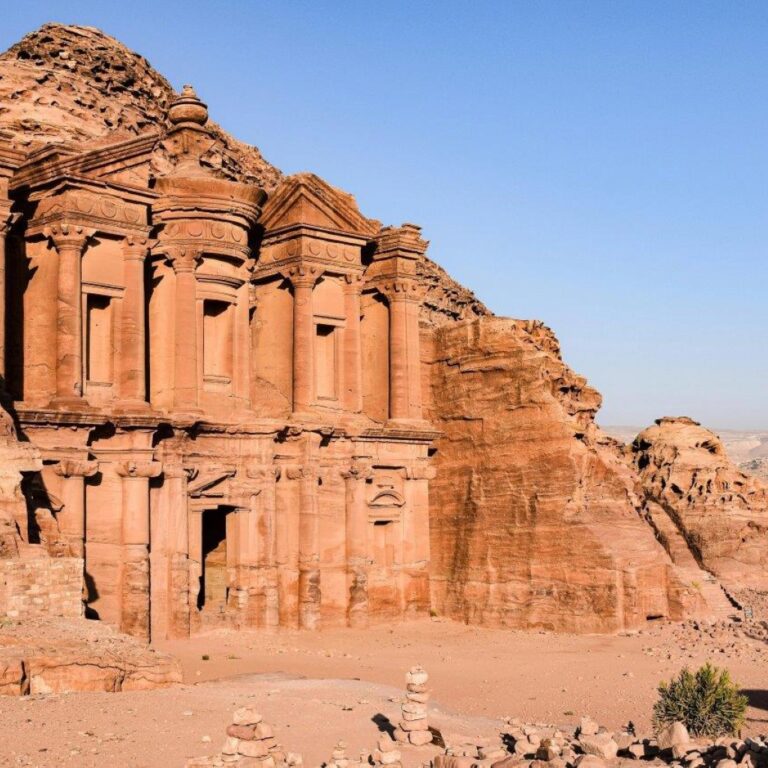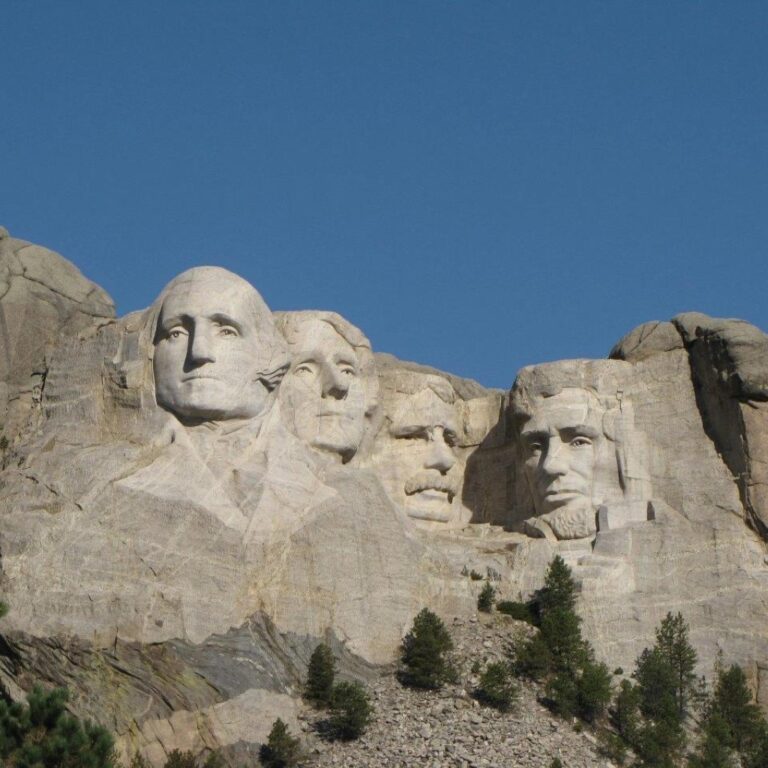New Zealand was the first country to grant women the right to vote in 1893.
The country is made up of two main islands, the North Island and the South Island, along with over 700 smaller islands.
It is home to the world's only flightless parrot, the kakapo, which is critically endangered.
The Maori name for New Zealand is Aotearoa, which means 'Land of the Long White Cloud.'
The country is famous for its adventure tourism, offering activities like bungee jumping, skydiving, and white-water rafting.
The country has more sheep than people, with a sheep-to-person ratio of about 6:1.
New Zealand's national symbol is the kiwi, a flightless bird that is native to the country.
The Lord of the Rings and The Hobbit trilogies were filmed in New Zealand, showcasing its stunning landscapes to the world.
New Zealanders are known as 'Kiwis,' a nickname derived from the country's national bird.
The country has no native land mammals other than bats; all other land mammals were introduced by humans.
New Zealand is one of the few countries in the world with two national anthems: 'God Defend New Zealand' and 'God Save the Queen.'
The capital city of New Zealand is Wellington, but the largest city is Auckland.
The indigenous Maori culture is an integral part of New Zealand's national identity, with Maori language, arts, and traditions celebrated throughout the country.
New Zealand is one of the least populated countries in the world, with a population of around 5 million people.
The country is a global leader in environmental conservation, with over 30% of its land area protected in national parks and reserves.


